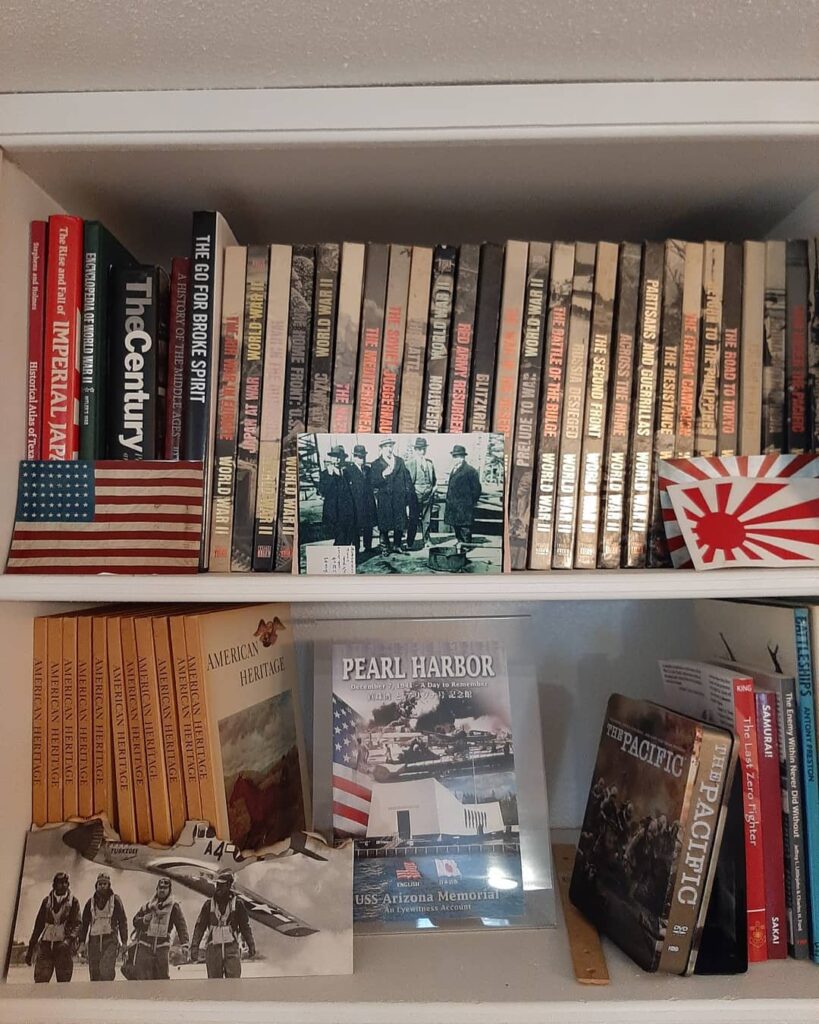
The New Year is a time when some people try to change their lives for the better. Some try to get fit, while others focus on getting their life in order. Here, under the oaks on Ye Olde Block Formosan Farm, we think it’s time to revisit some of what we collected over the past twelve years. We also think that some of our treasures need a good home, so those items will be sent to a better place as we see fit. Stay tuned.
Last week, we sent a few Beaumont directories (1978–1984) to the Tyrrell Historical Library for safekeeping. This was a no-brainer, but I do have some small collections that may not fit on a larger scale. A few years back, I did a few estate sales. Shout-out to Ready, Set, Sell Estate Sales (thanks Heather!). We found a lot of interesting things that should be preserved in SETX history. One in particular was the Norma Davis World War II scrapbook. This is where I found out about Taro Kishi penning an article in the Beaumont Enterprise about wanting to serve his country. As he was Japanese American in the 1940s, there was definitely a problem with this for the powers that be, and he was denied the chance to serve. Eventually, the 442nd Regimental Combat Team was formed with Japanese Americans, but unfortunately without Taro, and it fought in the Italian campaign. They fought proud and true. Their motto was Go for Broke!, and they did!
I also learned about Kichimatsu Kishi, whom I put on the pedestal of those who had many successes and failures in life; he was the one with the most common sense. Kichimatsu and his family lived as American citizens, but after Pearl Harbor, he knew that anti-Japanese sentiment would peak. So, that Monday, he turned himself in to the FBI in Port Arthur. I guess that’s what you do when you have no idea what just happened, but you know how people will react. He spent two months in an internment camp but was released after his hearing because, according to his son Taro, he answered all the questions correctly.
One of the questions the authorities asked Kichimatsu was the following: “If the Emperor ordered you to bomb the oil refinery in Port Arthur, would you do it?”
Kichimatsu replied thus: “First, I am a farmer and businessman and know nothing about explosives. Suppose I was adopted into another family and my biological parent ordered me to harm my adopted family. I could not do so.”
He was a better man than me—I hate politicians at all levels—but he had no choice except to participate in their dog and pony show. It backfired, though, and it made way for the family to return to normality.
Another treasure I found at an estate sale was an almost complete collection of World War II Time Life Books. I have twenty-seven of the thirty-nine that were published. I think that was the total of the series.
Speaking of books, we have acquired many regional SETX history books over the years. I really don’t want to add up how much we spent on purchasing these treasures, but some of the money went to local museums. A few favorites we purchased locally were the Centennial History books from Port Arthur and Nederland, a few pictorial-history books from Hardin County, and some from Chambers County. There are many others that need to be cataloged and listed for their preservation.
Of course, we took the eBay route on a couple of occasions and visited a few bookstores. Some of these were local. All five Florence Stratton books were purchased online, along with the great find of the original edition of The White Plume in the Bunker’s Monthly magazine, published in 1928. I will also admit that an autographed Arthur Stilwell book was purchased by accident. You know the scenario. You were shopping online, and it was left in the cart, but then a month later you wanted to purchase Willie Cooper Hobby’s memorial book, which you had only seen at the LBJ library and in Woodville. Yes, the Arthur Stilwell book is autographed, but as most of you know, I’m not a fan of Mr. All Hat and No Cattle. Truth be told, I have a few other books written by him, and they are of little use to me in researching history.
My Beaumont books are many—the Walker sisters (Judy and Ellen), their father (John H. Walker), and a copy of the 1939 American Guide Series book for Beaumont. Thanks to a friend, I also have an American Guide Series book for Port Arthur from 1940. All these volumes offer a wealth of information, and they are an inspiration for me.
A couple of prized possessions from 1946 and 1947 are two phone books from Port Arthur, which were given to me by my late friend Jerry Burnett. Last week, on our Facebook page, there were many people who wanted to prank call their ancestors. Before you dial, just remember Yukon!
As I dig deeper into my collection, I see the Betty Maggio Port Arthur Collection (1979). It states “fine art for correspondence” on the stationary, and I believe this is magnificent art! I have a couple of buttons from the Amalgamated Association of Street and Electrical Railway Employees, Division 241 May 1918 and Division 1031 February 1936. I also have a Beaumont City bus token that was given to me by Beaumont History Bits. I’ll have to ask the mayor, Roy West, whether it is still valid.
I could go on and on about these treasures, and I will throughout the year. Today, though, I will end with one that was given to me by a family friend, Millie Rougeau, a few years back. She was the oral-history source for my article “Life in Jefferson County during World War II,” which was published in May 2013. Millie gave me her family’s World War II ration book, with stamps. I’ve posted a few photos of it through the years. She passed in 2023, and I thank her for trusting me with this treasure. I will find it a home.
Audio and video recordings of family and friends (oral histories) are a hell of a lot better than photos because you can still hear people’s voices.
Until next week.

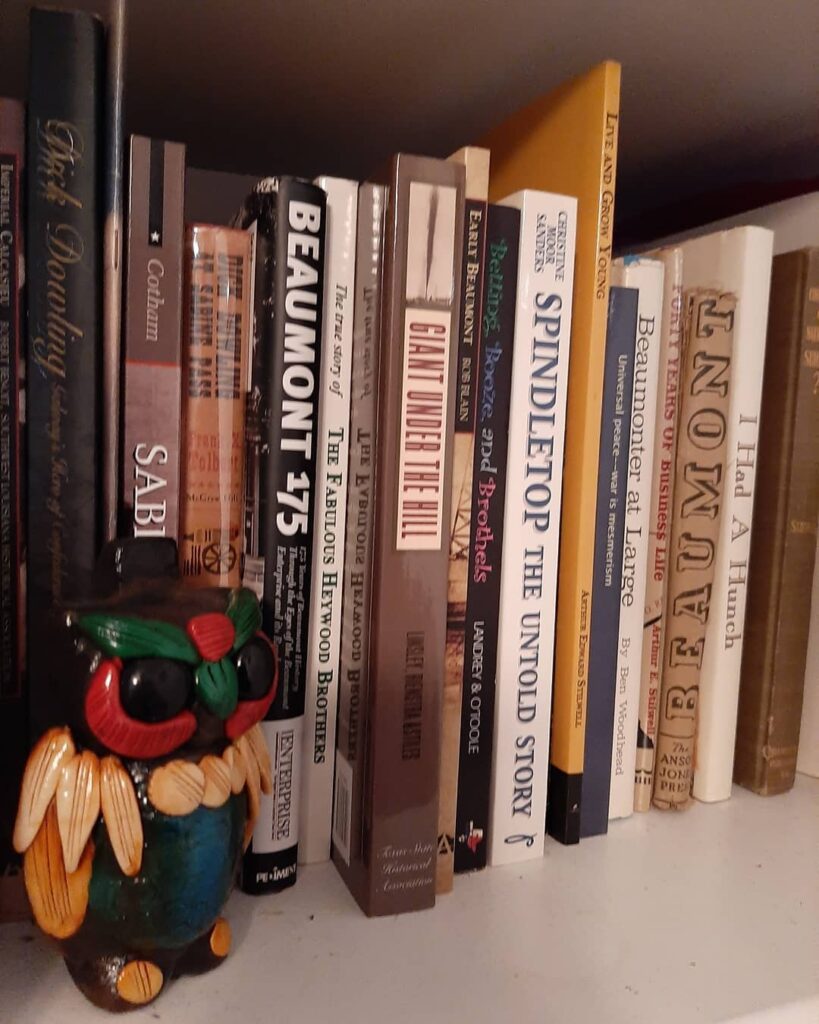


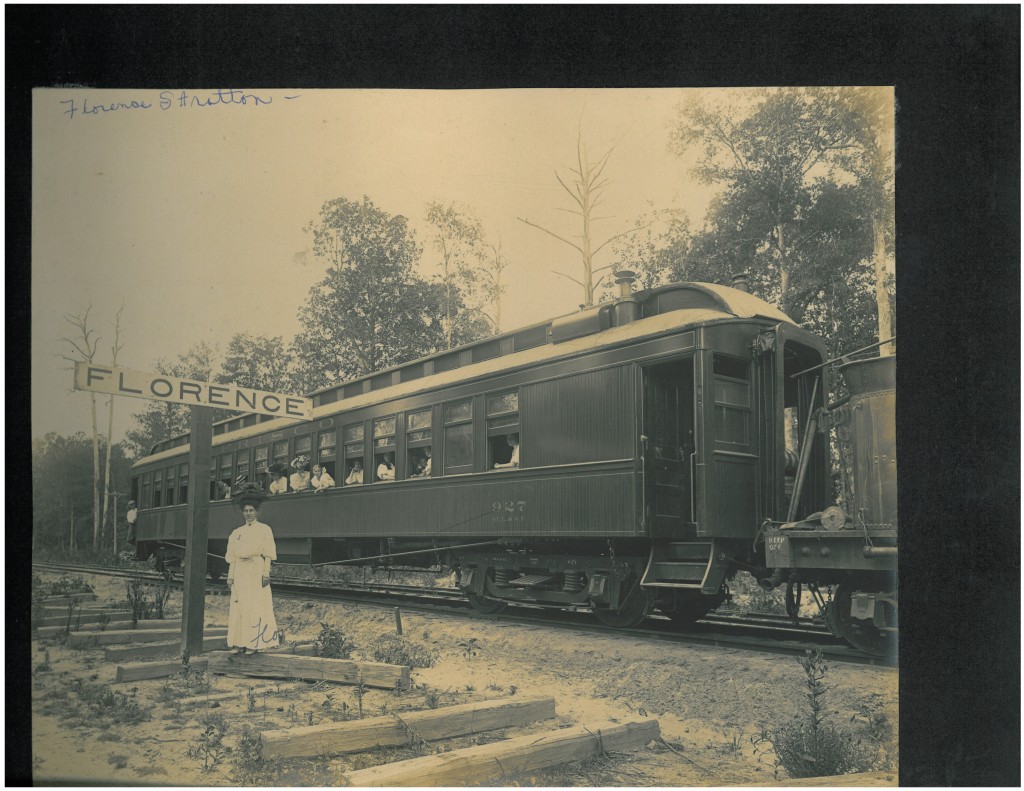

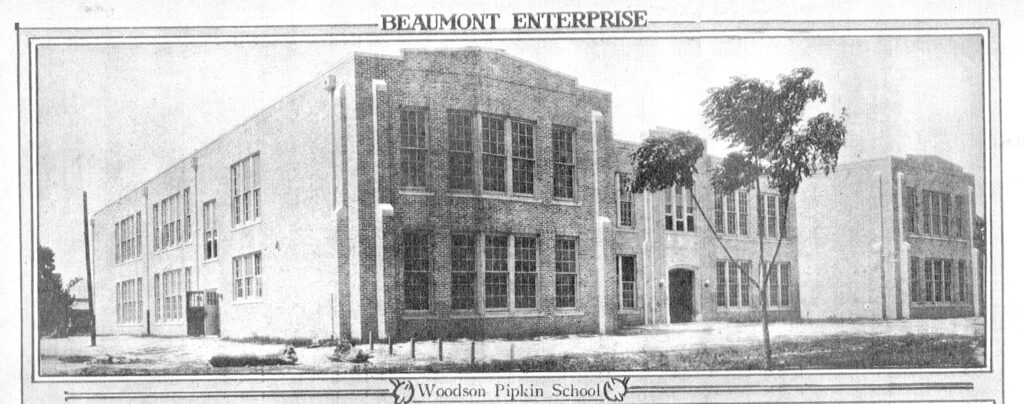
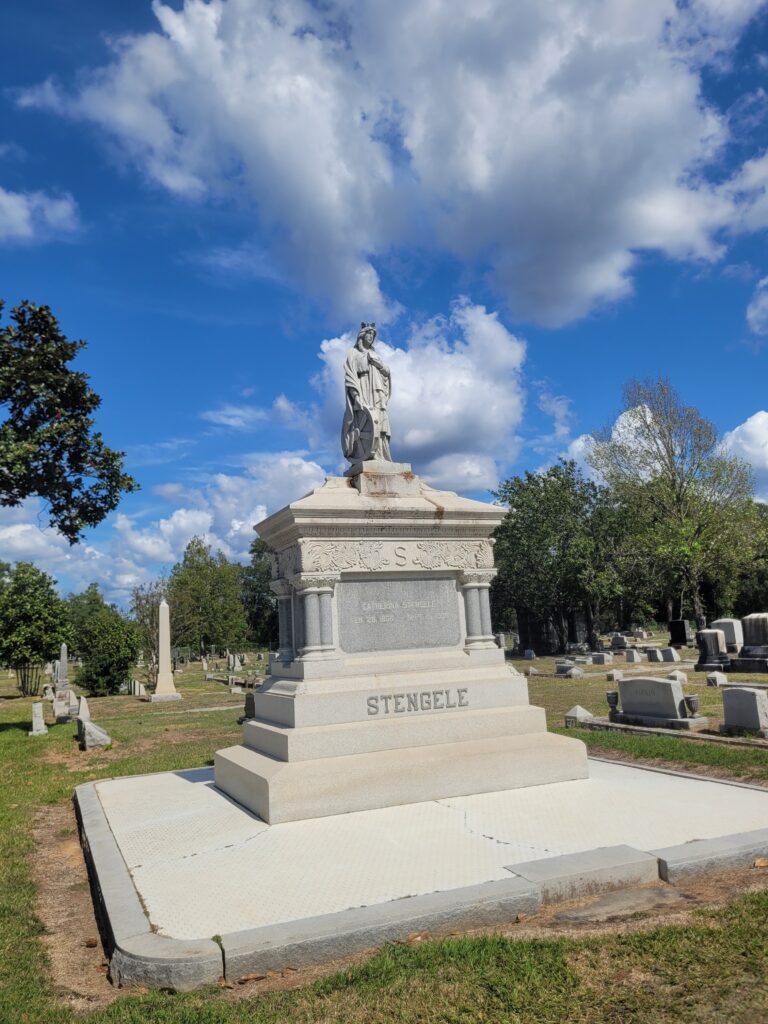
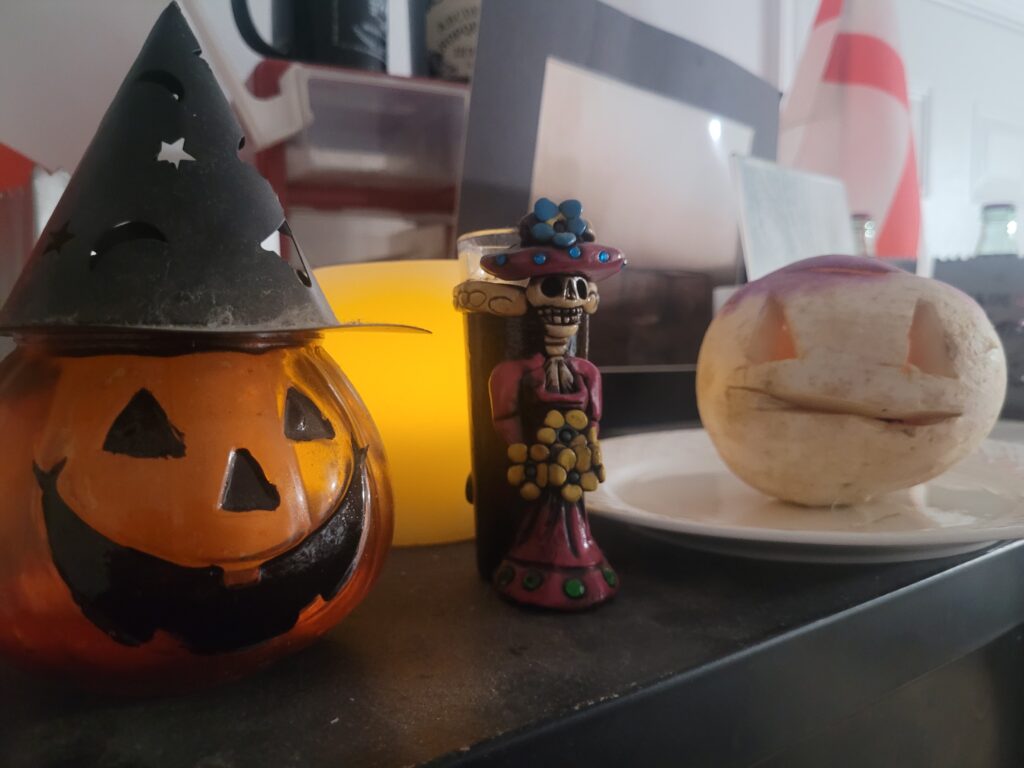
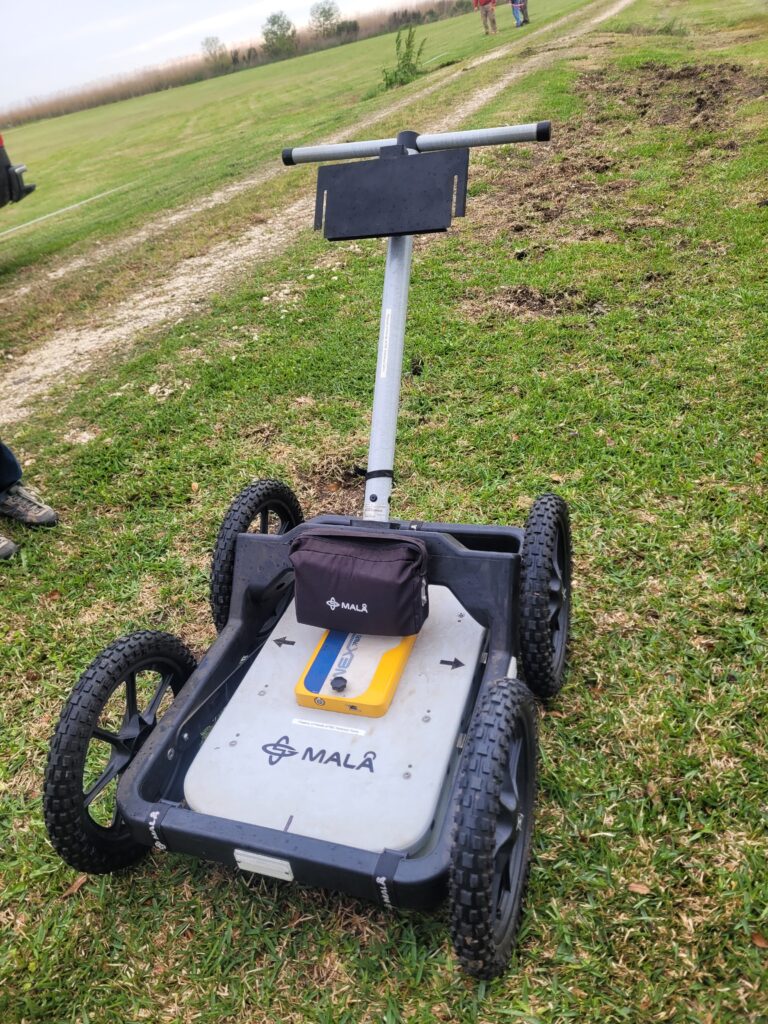

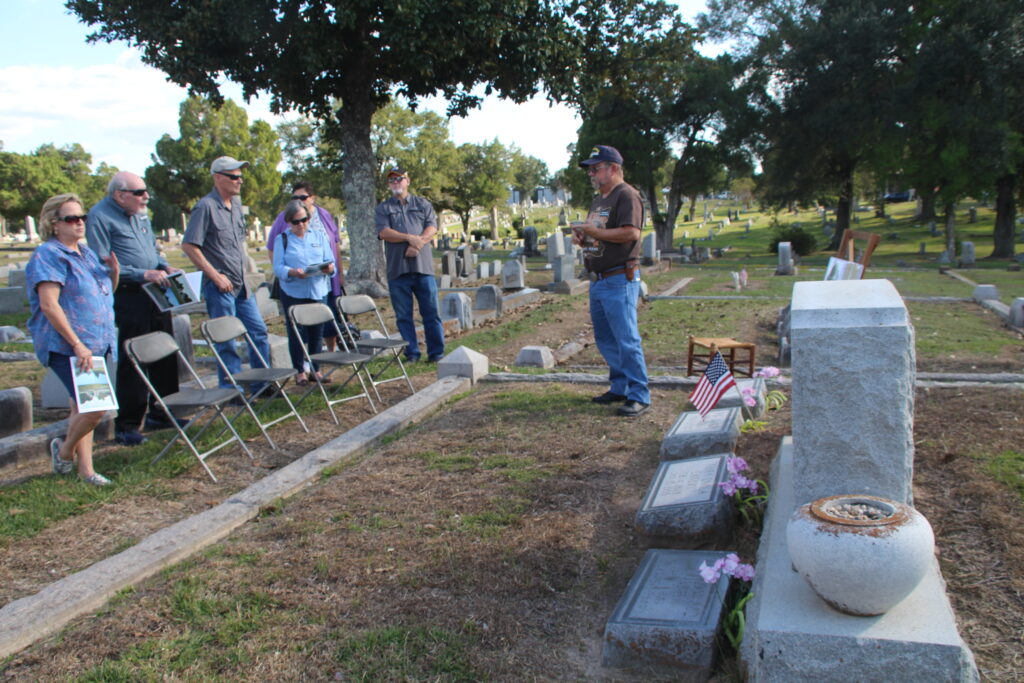

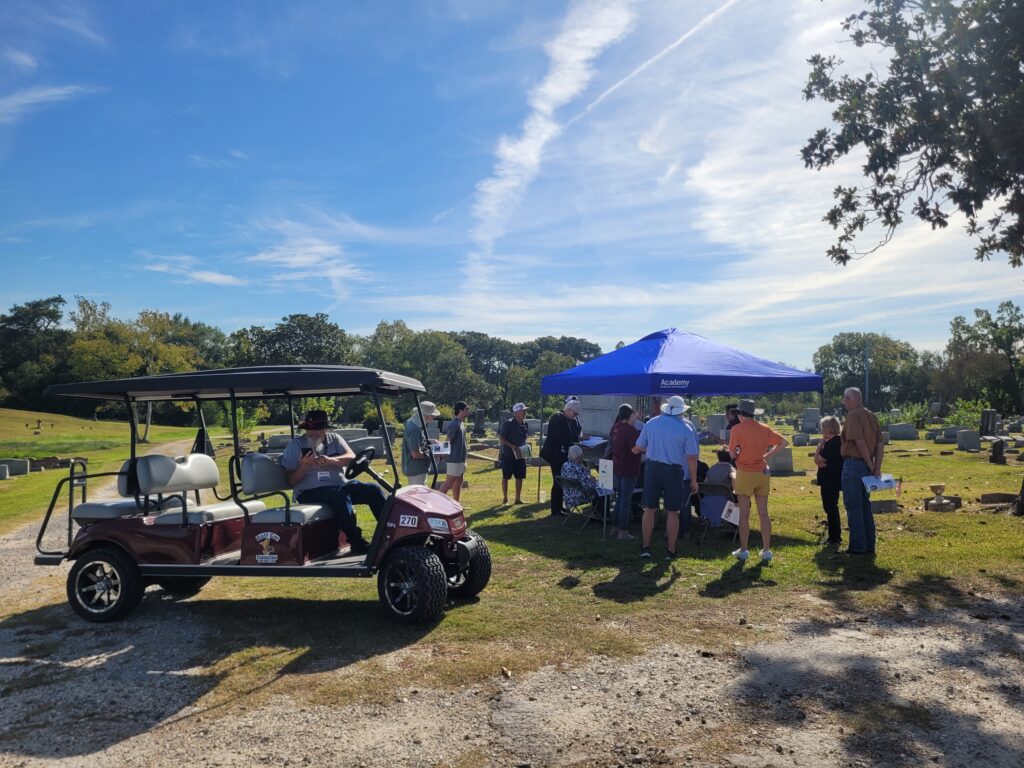

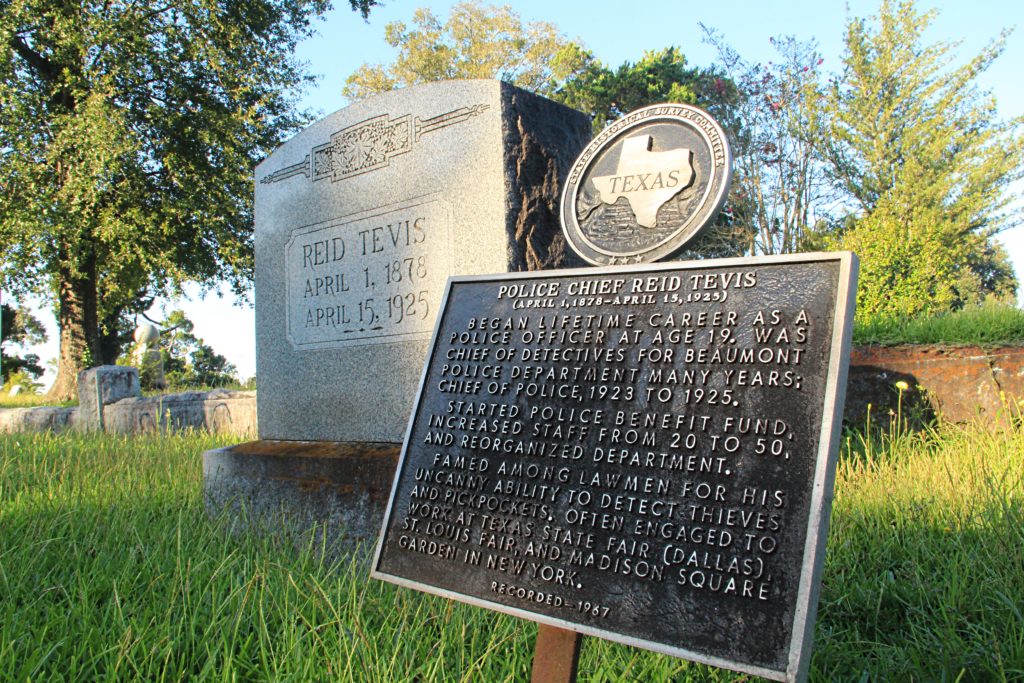

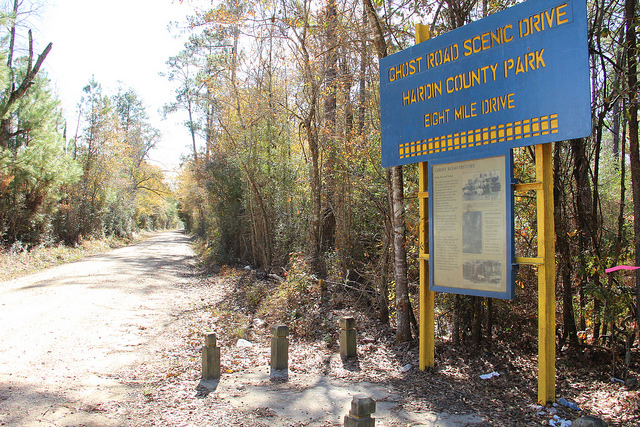
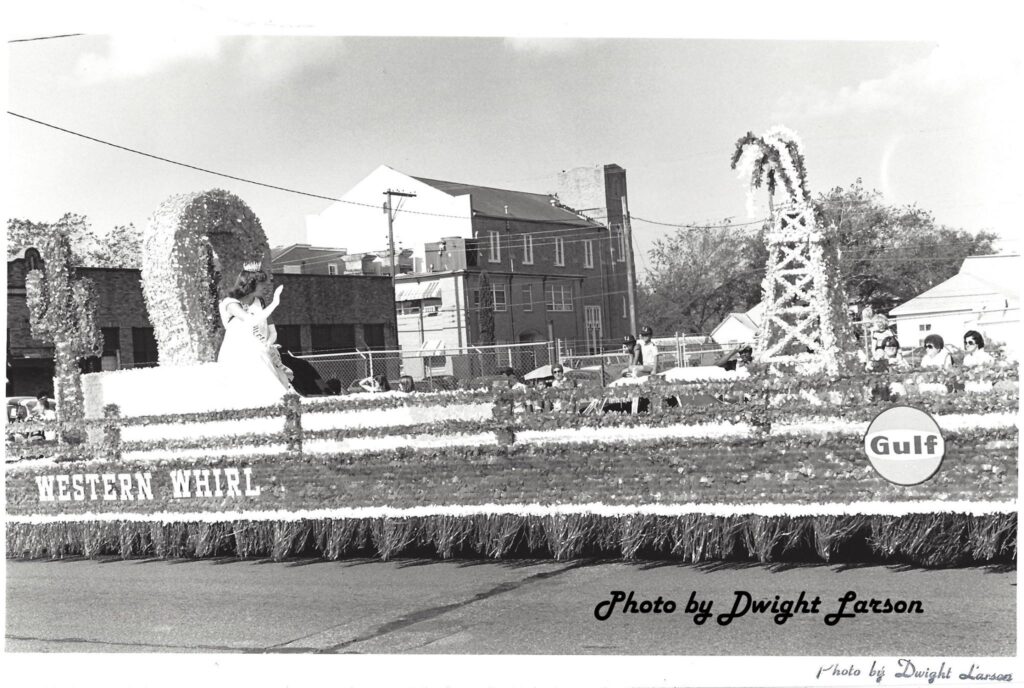
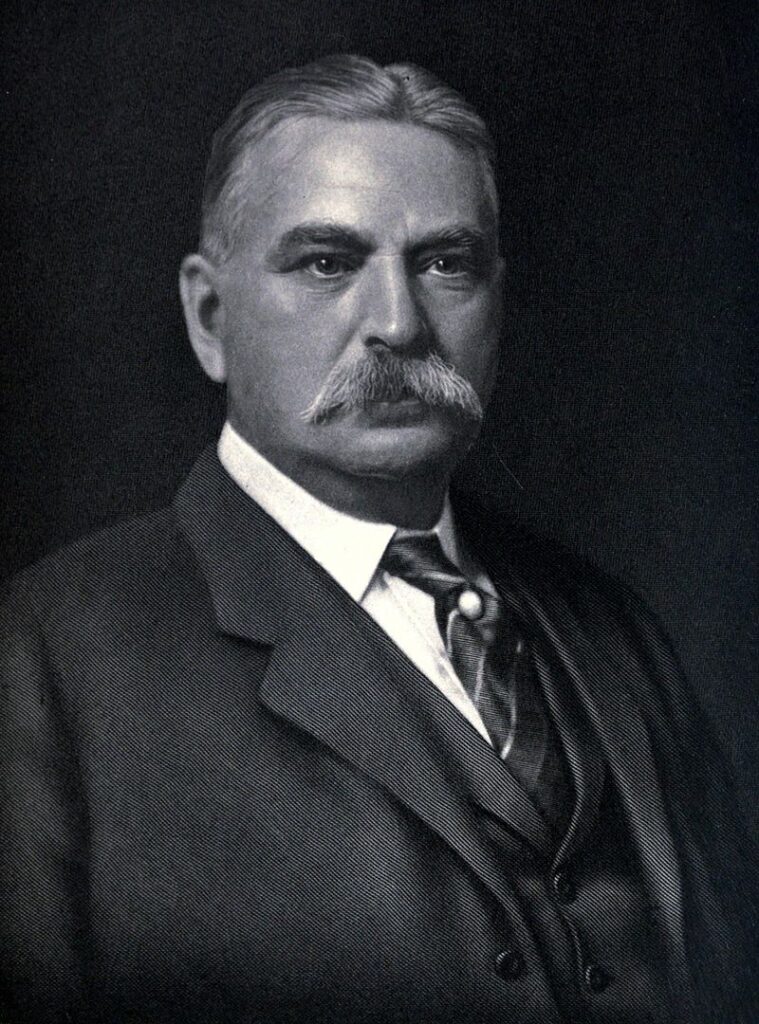

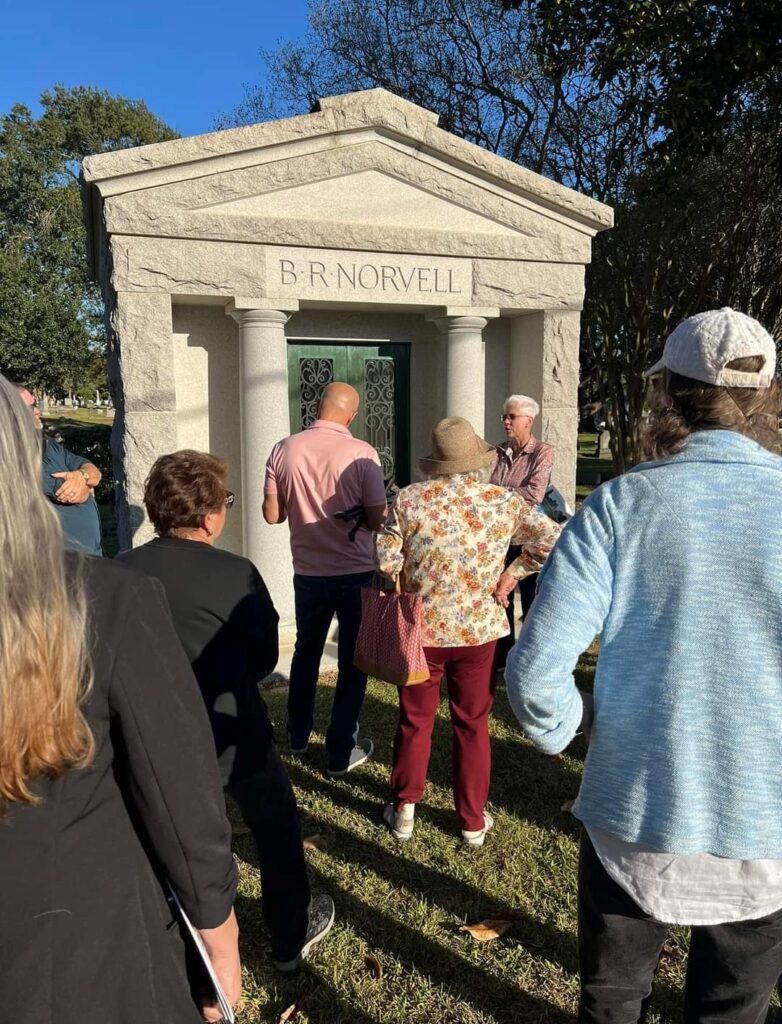
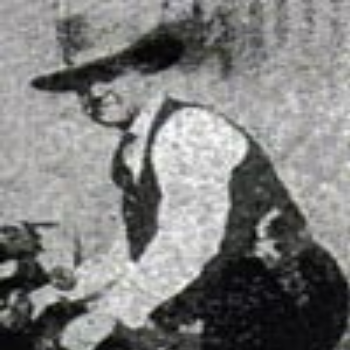
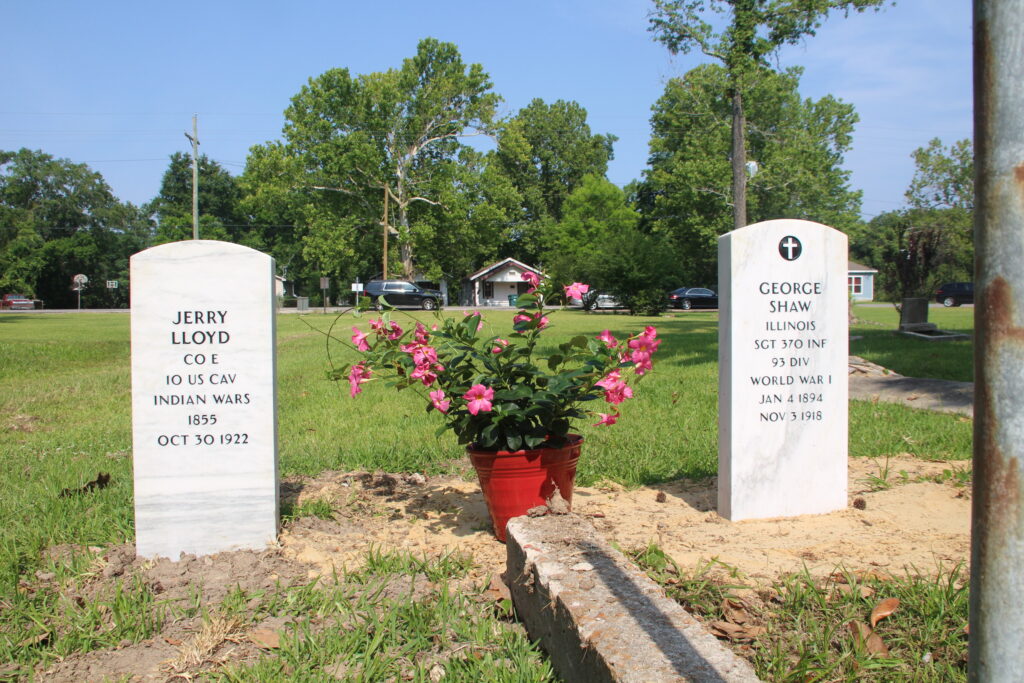
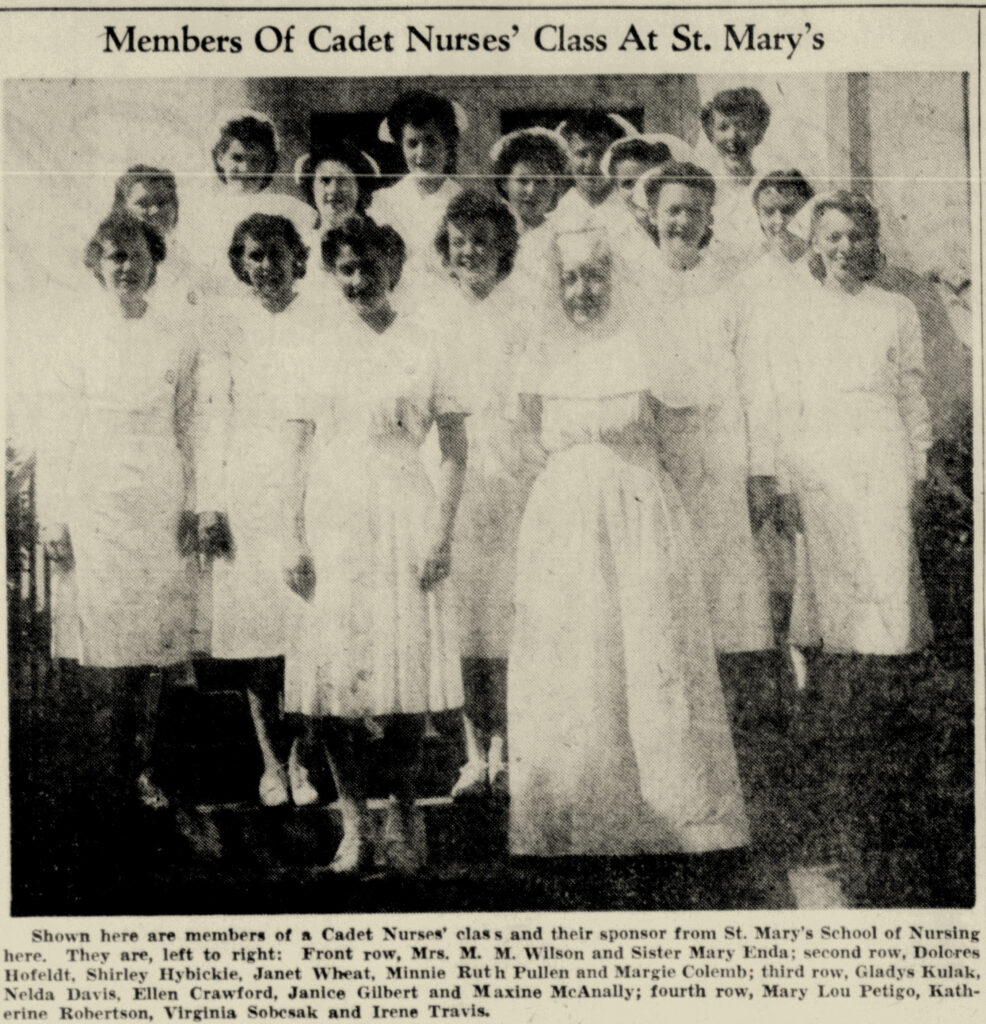
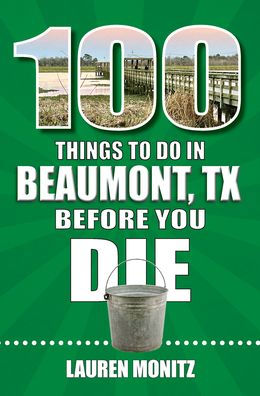

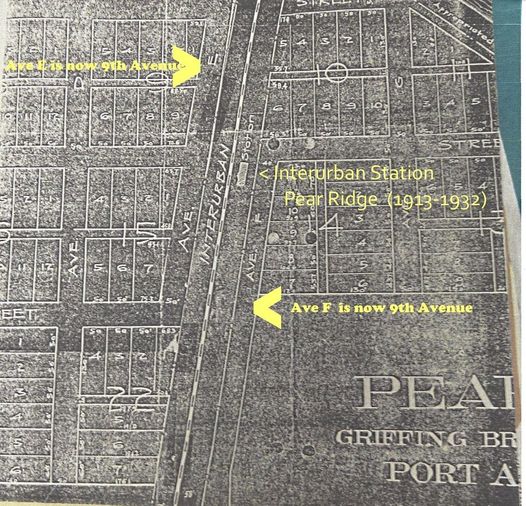
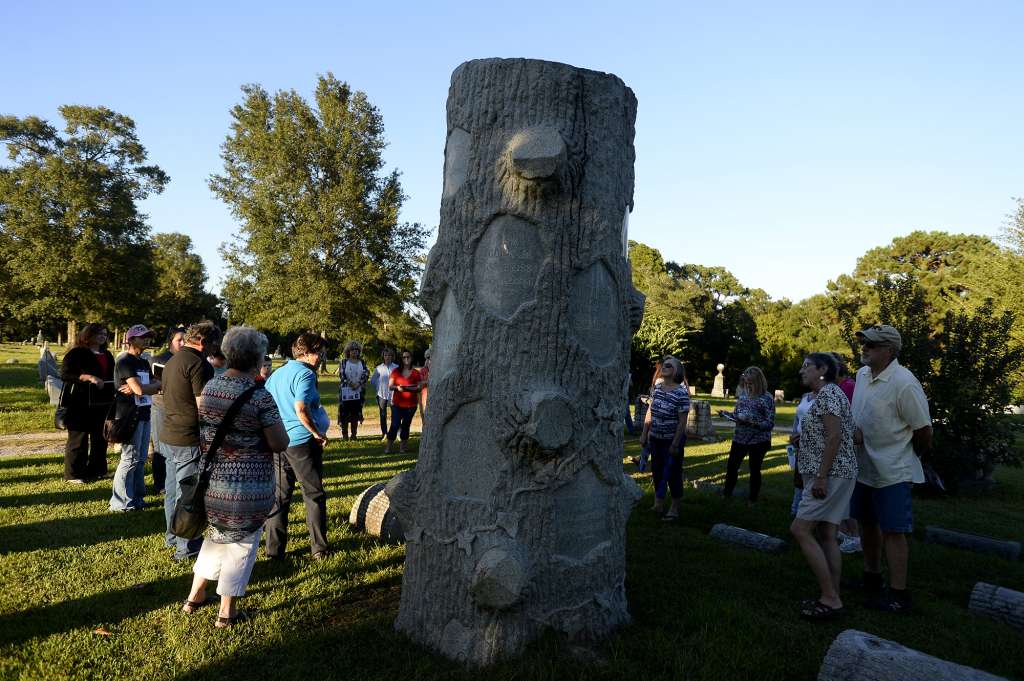
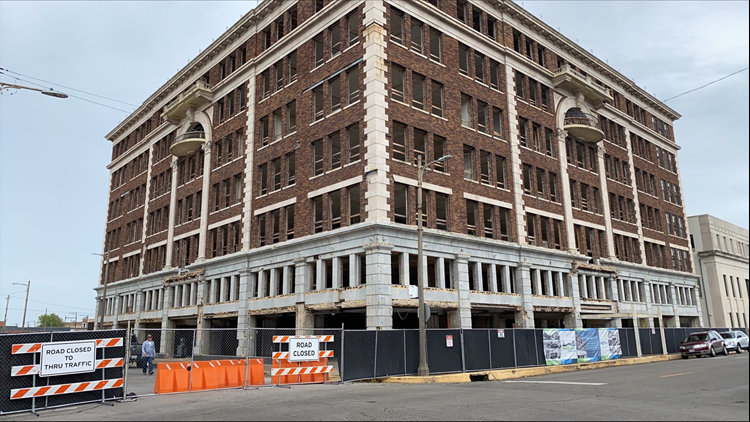
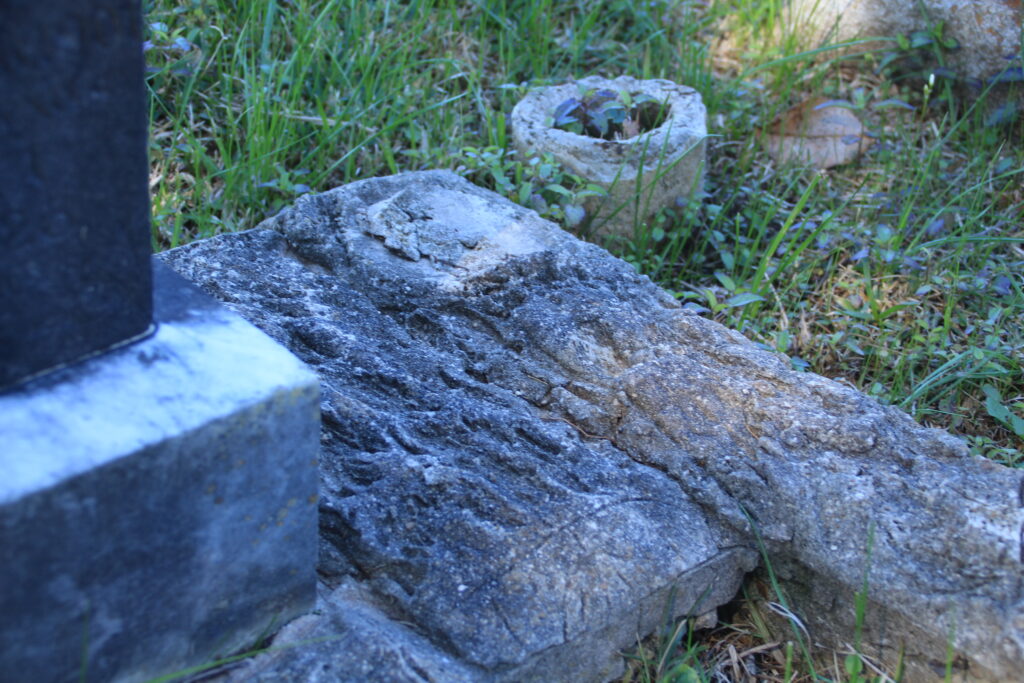
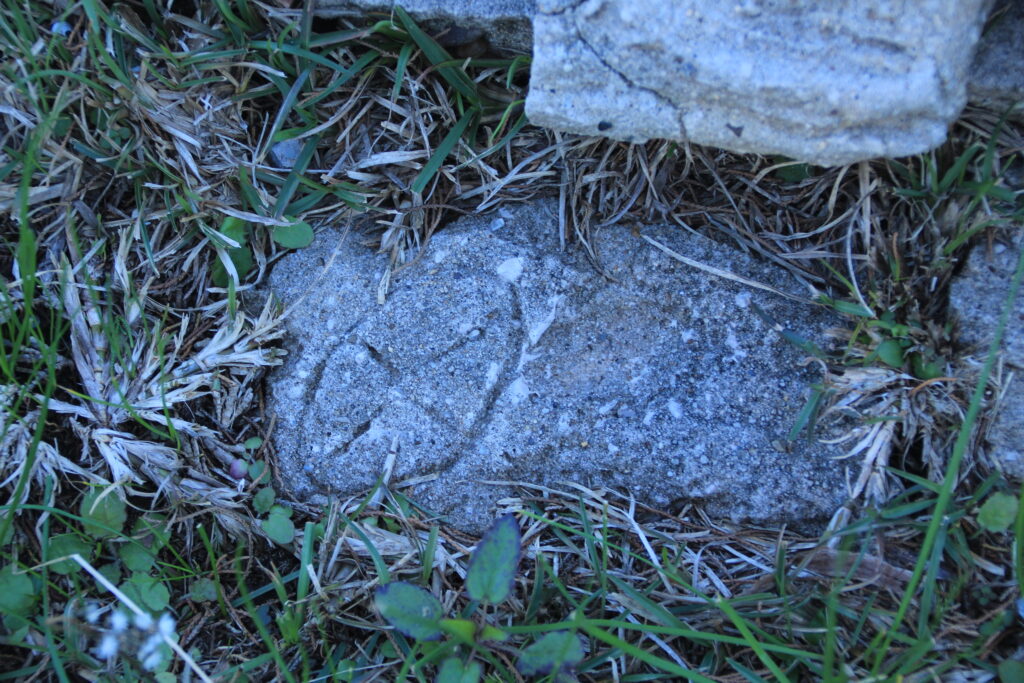
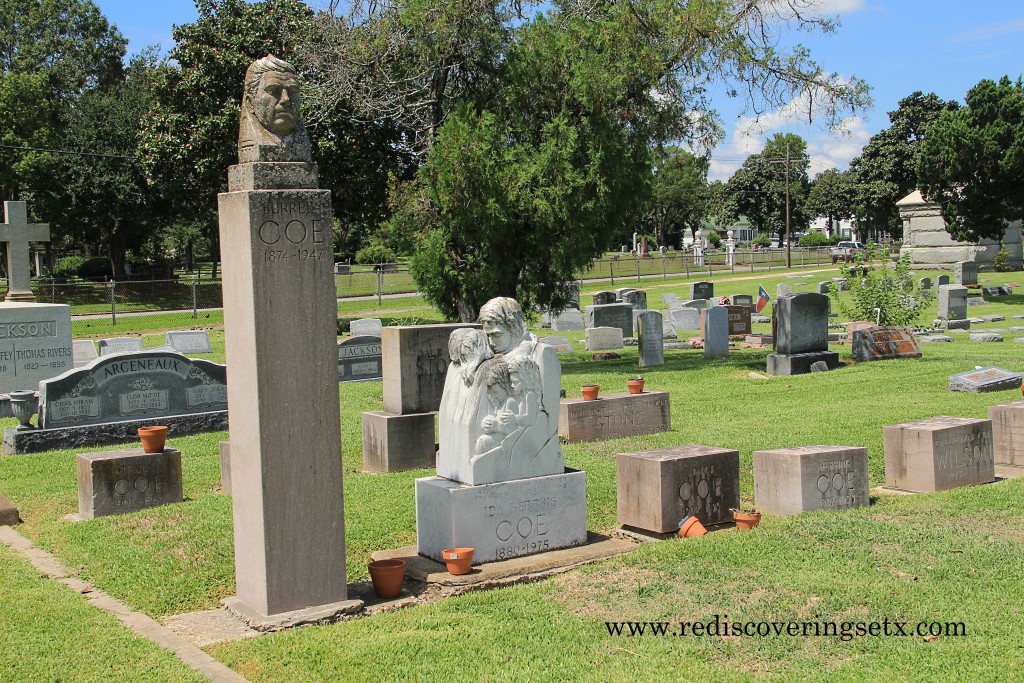
You must be logged in to post a comment.